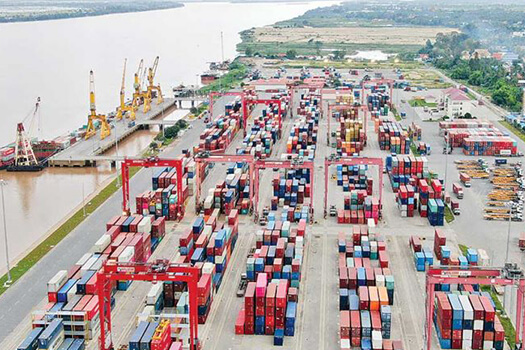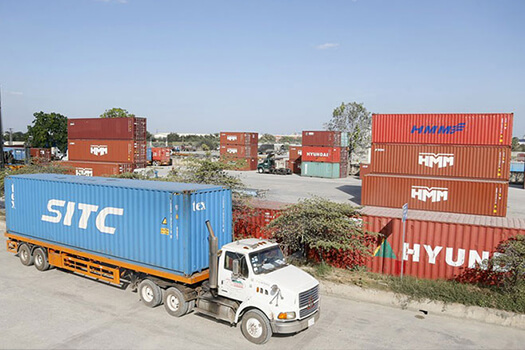Media

A World Bank report has laid bare weaknesses in Cambodia’s logistics sector which can weigh down its competitiveness, while offering solutions that could bring it up to speed in a fast-evolving global supply chain
Last month, the World Bank published a special focus, Post Pandemic Supply Chain Disruptions: Strategies to Reduce Logistics Costs, which acknowledged the current impacts from ocean freight rates and fuel prices on Cambodia’s logistics.
But it also underlined persistent setbacks and weaknesses that continue to plague Cambodia’s logistics sector.
The findings, particurlary on logistics costs being among the highest in the region, informal payments and varied yet expensive cross border fees, while they are not new to the industry, continue to weigh on Cambodia’s competitiveness.
With trade, and especially exports, being a crucial growth engine of the economy, smart logistics solutions and efficient supply chain management are preconditions for ensuring Cambodian economic competitiveness in the long term.
“By 2030, it is expected that Cambodian firms would move four times more goods through highways, ports, airports, and warehouses than currently.
“However, the country’s logistics costs per gross domestic product [GDP] is significantly higher than in comparable ASEAN countries and was estimated at 26.43 per cent of GDP in 2020,” it said.
The report offered strategies to reduce national logistics costs and address “weak links” in the supply chain in Cambodia. Supply chains, it said, form a complicated system where any disruption, at any possible level, can affect the entire distribution network.
“As is well known, supply chains can only be as strong as their weakest link, and this is especially important for Cambodia, where the transport and storage sector currently account for about eight per cent of the country’s GDP,” the report read.




